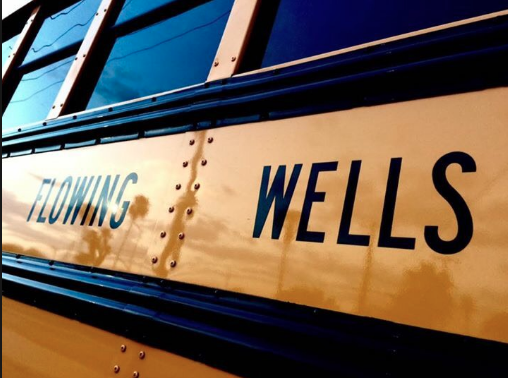Outage Notification
On Thursday, October 30, 2025 at 5am ET we will be updating the NJCTL Moodle site. The site will be unavailable for approximately 4 hours.

Kevin Stoltzfus is the Associate Superintendent of the Flowing Wells School District in Tucson, Arizona. We recently caught up with him to talk about his district’s experience in implementing Algebra-Based Physics and the resulting impact for their teachers and students.
Here are a few key excerpts from our conversation:
Q: How did Flowing Wells School District come to implement Algebra-Based Physics?
KS: I learned about NJCTL several years ago when I met Bob Goodman, and we thought your model might work well for us. We are a high poverty district at the urban core of Tucson. We have about 6,000 students, with about 75% eligible for free or reduced lunch. Some of our students struggled in math and these struggles compounded once they hit high school algebra. Other intervention options we tried had virtually no effect in improving our algebra outcomes.
Q: How is it going?
KS: This is our fourth year of teaching Algebra-Based Physics. We’ve been tracking student outcomes, and we’ve been seeing a nice progression. Before we started, about half of our kids were failing algebra. We progressively got that number down to a third, and now about 25%. A lot of the progress, however, has been anecdotal. The scope and sequence are working for us. Teachers like the model, and students can now use the algebra that they are learning to solve physics problems. It makes sense to them.
Q: Do you have any tips for districts that are thinking about implementing NJCTL’s approach?
KS: One positive effect has been from having our teachers take NJCTL courses to satisfy their professional development requirements. I think it has built a growth mindset. Another productive step we took was to create a collaborative teaching team and hire an instructional assistant. We targeted kids who we thought would need the most help and provided after school study table and ongoing support. Those who had this intervention performed better. I also would recommend combining kids into heterogeneous ability groupings. We actually piloted this practice due to scheduling issues on our end, but it ended up removing barriers to our lower performing students feeling as though they couldn’t be good at math. Some who had previously come to classes with a chip on their shoulders ended up clearly enjoying them.
My final suggestion would be to use NJCTL’s free materials. The reality is that we couldn’t have built this kind of curriculum from scratch. Our teachers have liked the model and ended up advocating to change the whole scope and sequence of our math and science instruction. The path makes sense for students, and teachers appreciate the coherence. Our goal of increasing access and rigor in math and science would not have been obtainable without NJCTL's support.